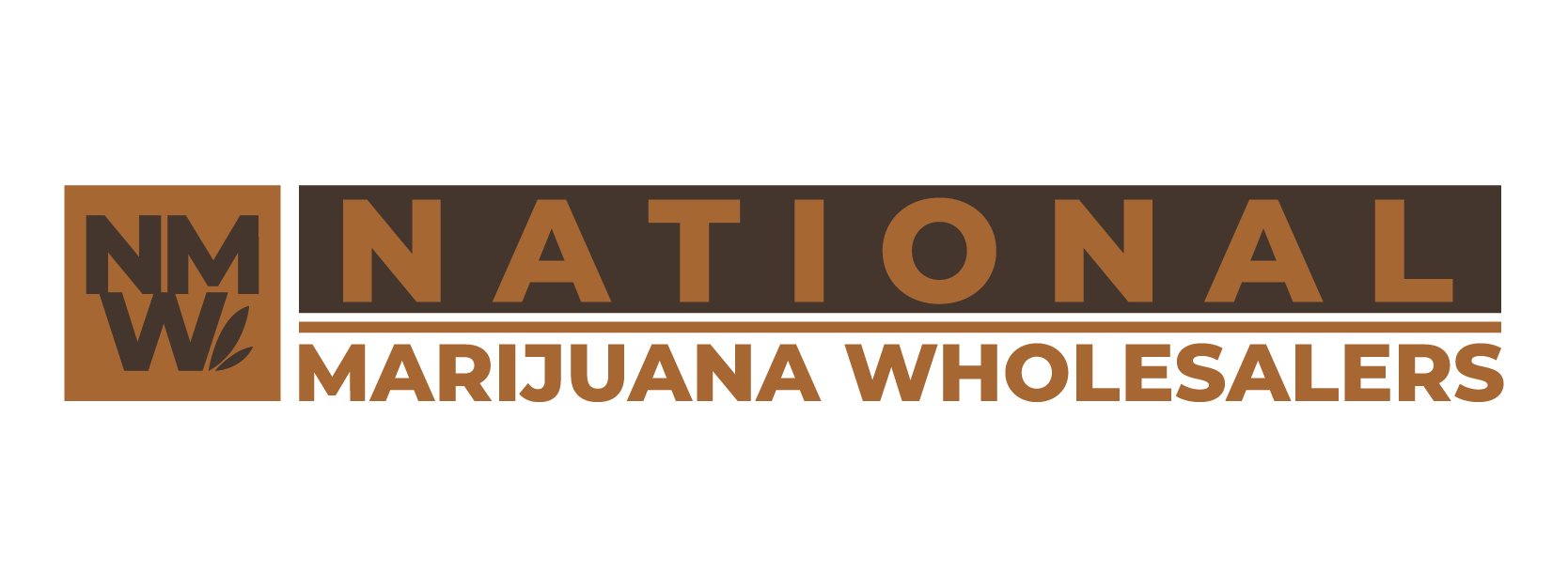Luxury cannabis has moved from marketing buzzword to a real price tier that influences what retailers pay—and what consumers ultimately spend. In mature markets, brands that foreground craftsmanship, limited drops, terroir-like sourcing, and premium packaging are carving out a defensible niche even as broader wholesale prices remain volatile. Data from leading market trackers show how this premiumization works and where it’s moving next.
What Makes a Cannabis Brand “Luxury”?
Luxury brands pair consistent, high-quality inputs (top genetics, meticulous curing, clean rooms) with strong brand equity and elevated presentation—think collectible jars, textured labels, or artist collaborations. That packaging and positioning aren’t just aesthetics: consumer research indicates people will pay notably more when a product feels “special” or gift-worthy, with survey data showing willingness to pay up to roughly a quarter more for premium-presented flower.
On the performance side, premium labels post resilient demand in many markets. Trade reporting across brand leaders highlights steady sales for premium segments despite broader economic pressure—especially in categories such as infused pre-rolls—reinforcing that some consumers trade up for perceived quality and experience.
The Wholesale Backdrop: Compression Meets Segmentation
Even with premium bright spots, the baseline for wholesale remains cyclical and supply-driven. National spot indices show ongoing fluctuations; for example, the U.S. Spot Index hovered around the low-$1,000s per pound in mid-2025, reflecting continued price pressure in bulk flower.
Yet platform-level data suggest stabilization in some channels: a large B2B marketplace reported aggregated flower pricing near ~$1,120/lb through March 2024—up year over year—citing right-sizing of cultivation capacity in legacy states. Wholesale run-rate growth alongside stable pricing implies buyers are paying for reliably merchandisable product, with premium tiers helping anchor price expectations.
How Luxury Tiers Change Wholesale Negotiations
Price tiers become a strategy, not an afterthought.
Analysts encourage operators to segment SKUs by clear price bands and align them with shopper missions (giftable, connoisseur, everyday value). This tiering helps brands defend margins for top lines while keeping entry points for price-sensitive shoppers.
2. Packaging and provenance support higher case rates
Retailers report that premium packaging and limited editions translate into faster turns and higher basket rings, letting wholesalers justify elevated case prices versus undifferentiated bulk. The consumer willingness-to-pay lift for premium presentation strengthens a wholesaler’s case in line reviews.
3. Advanced categories amplify premium positioning.
Infused pre-rolls, solventless concentrates, and small-batch indoor flower often command higher wholesale floors because they’re capacity-constrained and branded as “craft.” Category growth narratives—like the surge in pre-rolls—give buyers confidence to accept higher landed costs for proven movers.
4. Brand equity reduces price elasticity.
Data platforms tracking top brands show that well-known premium houses (e.g., boutique indoor cultivators) can sustain higher sell-in with less promotional dependence, even when the total market softens. That differential performance underscores why wholesalers prioritize premium portfolios when curating.
The Net Impact on Wholesale Pricing
Bifurcation, not blanket inflation. The rise of luxury cannabis doesn’t lift all boats; it creates a wider gap between premium case rates and value/bulk. Spot indices and marketplace averages can stay flat or even decline while premium SKUs maintain or lift their wholesale price floors—because buyers see lower risk of markdowns and better consumer trade-up.
Margin mix improves even if volume doesn’t. Wholesalers leaning into premium assortments can expand gross margin dollars per pound or per unit, offsetting softness in value tiers. Pricing guides compiled from hundreds of thousands of SKUs across multiple states help sellers anchor those premiums with market comps during buyer meetings.
Market maturity matters. Researchers note that mature West Coast markets still grapple with compression, while newer markets balance premium aspirations against illicit-market price gaps. Success with luxury tiers therefore depends on local elasticity and retail density; a data-centric approach is essential to position SKUs where premiums can stick.
What Consumers Should Expect
For shoppers, luxury branding generally means tighter phenotype selection, small-batch or single-source runs, meticulous post-harvest handling, and distinctive design. Those features flow through to wholesale case costs and, ultimately, shelf prices. In return, consumers should look for proof points—strain lineage, harvest dates, lab transparency, and packaging that protects terpenes—rather than paying for logo alone. As premium tiers expand, savvy buyers will see more choices: limited drops at higher price points, mainstream “elevated” lines in the middle, and growing value options for daily use. The common thread is data: retailers increasingly rely on market dashboards to validate which premium bets truly earn their markup.
